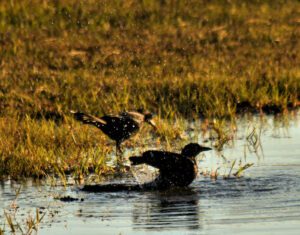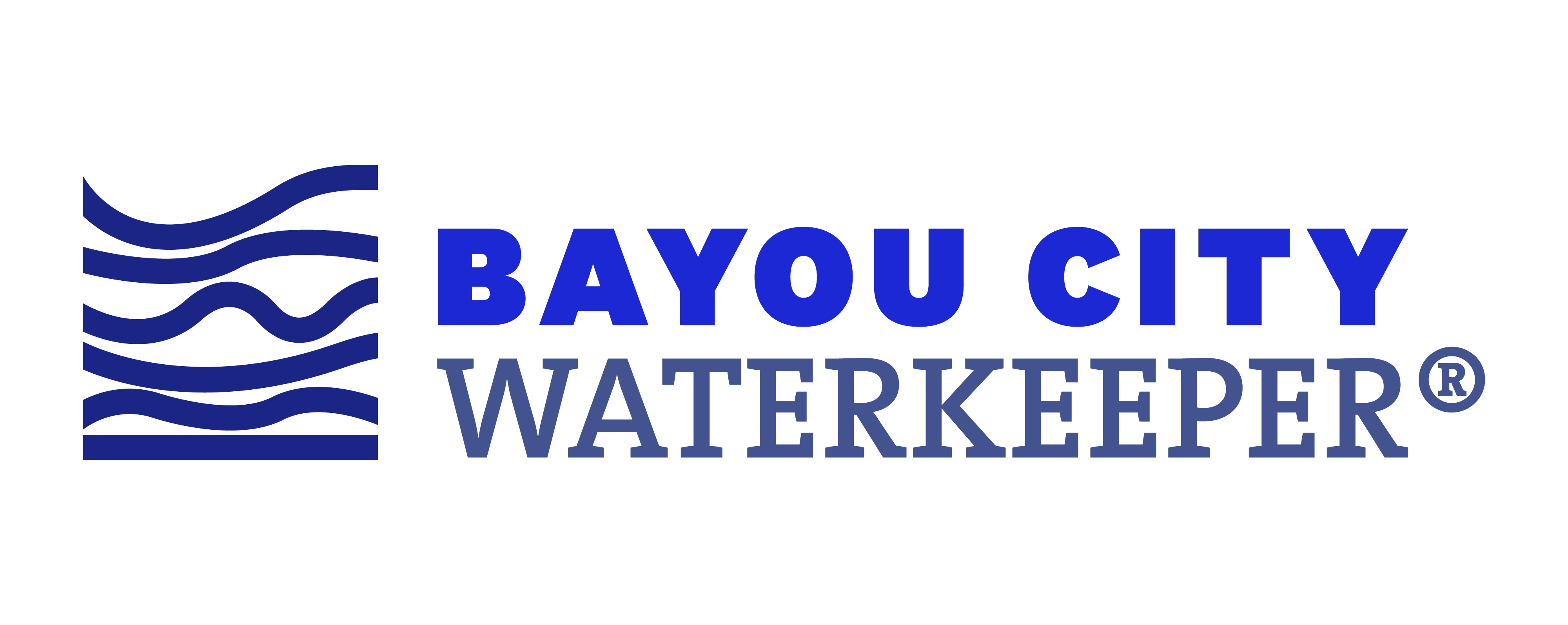Guest post by Pedro Segura, a legal intern with Bayou City Waterkeeper during the Spring 2020 semester.
Texas is on the front lines of two of the most urgent public health crises of our time: the ongoing COVID-19 pandemic and the disruptive effects of global climate change. We can help address both by protecting the natural systems that make up our environment.
Loss of natural systems contributes to epidemics & worsens the effects of climate change
Even before the first case of COVID-19 was confirmed in Texas, within the last seven years the Lone Star State has experienced cases of West Nile virus, the Zika virus, chikungunya, and even Ebola. At the same time, Texans experienced the effects of the changing climate firsthand – the historic flooding brought by Hurricane Harvey in 2017 and Tropical Storm Imelda in 2019, unprecedented floods in the Rio Grande Valley and the Hill Country, toxic algal blooms in Austin, droughts, wildfires, and more.

Worldwide, human-caused ecological disturbances and environmental destruction are partially responsible for introducing new diseases, spreading old diseases to new locations, and worsening the effects of climate change. Locally, Harris County alone lost 15,855 acres, or over 30%, of its wetlands, from 1992 to 2010. As a result, Houston-area communities lost billions of dollars of ecosystem services, including floodwater detention and protection from coastal storm surges, which are projected to double over the next 30 years. Wetland destruction also increases disease spread – there is growing evidence that greater avian biodiversity in larger wetland ecosystems correlates to lower transmission of West Nile Virus because the availability of viable vectors for the virus is “diluted” by the presence of other non-vector species. Conversely, the fragmentation of wetland habitats and loss of avian biodiversity leads to increased transmission of West Nile Virus in neighboring human communities.
The solution is not simple or straightforward. But what is clear is that protecting our natural environment also will protect the public over the long-run, by limiting the increase of storm surges and heavy rains that accompany climate change locally, as well as the potential spread of infectious diseases. Preventing human disruption of ecosystems and encroachment into habitat minimizes the chances that diseases can jump from wildlife to humans, or from wildlife to domestic animals. Moreover, there is growing evidence that, for many ecosystems, including wetlands, preserving biodiversity can be an effective tool in preventing epidemics of infectious diseases.
Climate change and infectious diseases compound each other and hit low-income communities of color the hardest
The effects of climate change, environmental pollution, and infectious diseases like COVID-19 are not separate issues, but compound one another. These effects are not evenly distributed; the racialized and uneven distribution of environmental and epidemic vulnerability emerges from centuries of racial and economic inequality, producing mutually-intensifying health crises. Low-income communities of color are frequently historically located near toxic waste sites and the state’s worst polluters, producing higher rates of respiratory disease, asthma, and cardiovascular disease– some of the most dangerous risk factors for COVID-19.
According to the UT School of Public Health, people in certain Houston zip codes – largely working-class communities of color – are more vulnerable to COVID-19, in part due to factors like age and preexisting health conditions. According to Robert Bullard, professor at Texas Southern University and the “father of environmental justice,” the prognosis for residents of these largely black and brown neighborhoods becomes more dire when you consider the compounding effects and inequities of flooding and ozone pollution. Indeed, in Houston, African Americans have accounted for two-thirds of the early COVID-19 deaths in the city, despite accounting for only 22.5% of the total population.
As we approach the start of hurricane season, the flooding that has become all too familiar to Houston residents could increase the exposure of flood-vulnerable Texans to COVID-19, especially low-income people of color, by forcing them from their homes just when social distancing is of paramount importance. Other flood-prone states like Michigan and Louisiana are already being forced to reevaluate their flood preparedness plans in light of the pandemic.

Restoring natural systems may help protect against climate change and the spread of infectious diseases
Listening to public health experts and supporting our public health institutions are still two of the best things we can do to respond to the COVID-19 crisis and prevent future outbreaks. But the spread of disease and the degradation of our environment are deeply intertwined – and we need responses that can tackle both as interlocking problems.
We can help mitigate the worst effects of flood events and industrial pollution in part by preserving natural systems such as wetlands. Wetlands provide essential services to our coastal communities – they function as buffers against stormwater and mitigate flooding by acting as natural sponges. Furthermore, the filtration and purification of wetland ecosystems help keep water clean from pollution. And minimizing exposure to pollution in the air and water is essential to preserve the immune systems of our most vulnerable and close the health gap between environmental justice communities and the more affluent.
Bayou City Waterkeeper continues to work to protect and restore the integrity of our natural systems. Now, more than ever, nature-based solutions are needed to address the interlocking effects of the two biggest collective challenges we face – climate change and threats to public health like COVID-19.
Pedro Segura is graduating with a J.D. from the University of Houston Law Center this spring, and holds a B.S. in Biology from the University of Texas at Austin. Over the last three years at UH’s Law Center, he has focused his studies on environmental and natural resources law. Prior to joining Bayou City Waterkeeper, Pedro has interned with the respective environmental practices of the City of Houston’s Legal Department, the U.S. Department of Justice, and the Harris County District Attorney’s Office.
